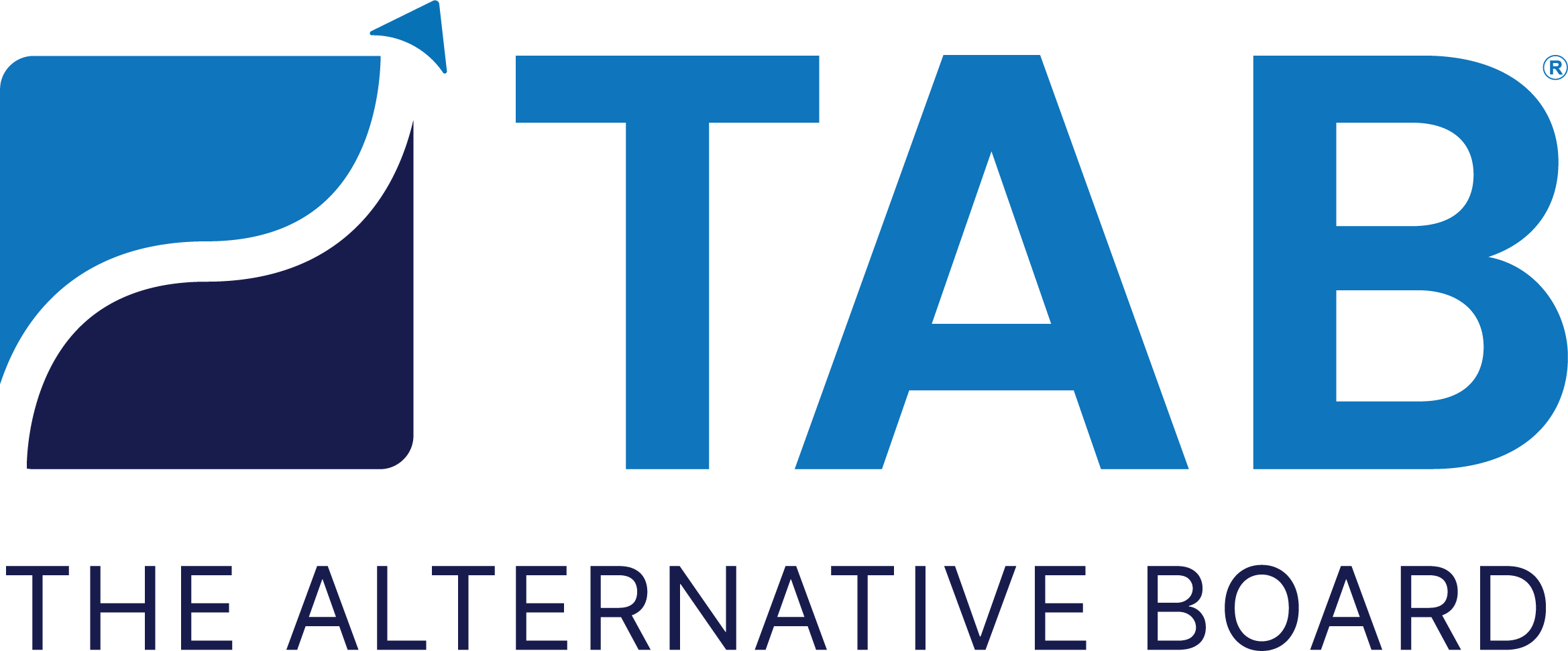How to Handle an Underperforming Employee
Photo by bongkarn thanyakij from Pexels
No matter the size of your business, sooner or later you will be faced with the problem of an underperforming employee.
A threat to workplace morale and the overall productivity and success of your business, the underperforming employee is a problem you need to address with a well-documented action plan.
There is a difference between low performance and bad conduct, and the two should be handled accordingly.
But first, how do you know if you have an underperforming employee?
Ask yourself the following questions:
How do you define “underperforming”?
Are all goals being met? (This is a very easy way to gauge an employee’s performance level)
What is the quality of the work being done?
Are they relying heavily on assistance from others to get their work done? (thereby draining overall productivity)
Consider the cause of the problem. In some cases, the responsibility lies with the employer; unclear expectations or a lack of training are common but easily fixed causes of underperformance. Is the problem isolated to one employee or a company-wide trend?
Think about the cause:
How long has the person been with you? If they are relatively new, is the training they have received adequate, and have expectations been clearly communicated? If they have been employed for a longer time, is this low-performance level new or have they always been this way? Are there any changes in their personal circumstances?
Have you set their Key Accountabilities? - the five things that, if done well, you could forgive them for other minor issues? Have you communicated these key accountabilities to them?
Have you asked them what they need in order to achieve their key accountabilities?
Have you shared feedback with them that could help their performance?
What is the culture like at your business? Are the expectations for culture and values well communicated to employees?
Next steps
Once you have identified an underperforming employee, you need to create an action plan. Begin by initiating a conversation; in many cases, the employee won’t even know they are underperforming.
Clear feedback can often be enough to motivate employees to do better, and it also gives you the opportunity to find out more about the cause, and gauge whether you think the employee is trainable. Make sure your language conveys that the issue is with the performance, not the person.
Set goals
After a conversation with the employee, and preferably with their input, develop a review process that includes SMART performance goals.
SMART stands for Specific, Measurable, Achievable, Relevant, and Time-framed. A structured approach with these metrics allows you to see if your methods for rectifying the situation are working, or if there is a deeper underlying problem with the employee.
Implementing a personalized development training plan will target problems arising from a variety of issues. E-Learning provides an affordable option, with courses available to improve communication, time management, stress management, a lack of skills, and much more.
Monitor and give feedback
Once the employee is given the resources they need to improve, regular monitoring and feedback will help them attain the required performance level, but remember, change doesn’t happen overnight.
Company culture plays a key role in performance. If an employee is unable or unwilling to adhere to your company culture and values you have a larger problem on your hands; an employee who is simply a poor fit may be one you ultimately have to let go of.
Helpful resources:
7 Tips to Build a Great Company Culture
How to Choose the Right Leadership Training Program
3 Tools for More Effective Communication with Employees
How to Lead and Inspire Older Employees: the Generational Gap
How to Hold Your Team Accountable through Goal Setting

